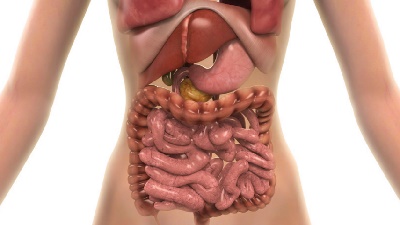Fluid Balance
| Home | | Anatomy and Physiology | | Anatomy and Physiology Health Education (APHE) |Chapter: Anatomy and Physiology for Health Professionals: Fluid, Electrolyte, and Acid Base Balance
Water is the primary fluid in the human body. When water balance exists, it means total water intake equals total water output, maintained by homeostatic mechanisms.
Fluid
Balance
Water is the primary fluid in the human body. When water balance exists, it means total
water intake equals
total water output, maintained by homeostatic mechanisms. Every individual
differs in how much water they take in. In the United States, the average adult
consumes about 2,500 mL of water per day, bro-ken down as follows:
■■ 60%
of intake: water and beverages
■■ 30%
of intake: moist foods
■■ 10%
of intake: a byproduct of the oxidative metabolism of nutrients, also known
as water of metabolism
The body loses water in urine and feces; in sweat, as sensible perspiration; by evaporation
from the skin, known as insensible
perspiration; and from the lungs during breathing, known as insensible water loss. Water balance requires that 2,500 mL be eliminated each day, so water output is
basically broken down as follows:
■■ Lost
in urine: 60%
■■ Lost
by evaporation from skin and lungs: 28%
■■ Lost
in feces: 4%
■■ Lost
in sweat: 8%
The above percentages may vary due to environ-mental
temperature, relative humidity, and physical exercise. FIGURE 23-4 depicts two components: major
sources of body water and routes by which the body loses water.

The distal convoluted tubules of the nephrons and collecting ducts are most important in the regulation of water excreted in the urine. Their epithelial linings are mostly impermeable to water unless antidiuretic hor-mone (ADH) is present. When present, ADH increases water reabsorption to reduce urine production.
In a healthy individual, the osmolality of the body fluids is maintained strictly between 280 and 300 mOsm. Increased plasma osmolality triggers thirst and causes the release of ADH. The kidneys conserve water, excreting concentrated urine. Oppositely, a decrease in osmolality inhibits thirst and the release of ADH. The kidneys excrete large amounts of dilute urine. Sodium attracts water, yet the ADH and thirst mechanisms that control osmolality regulate water independently of sodium’s effects.
Related Topics

